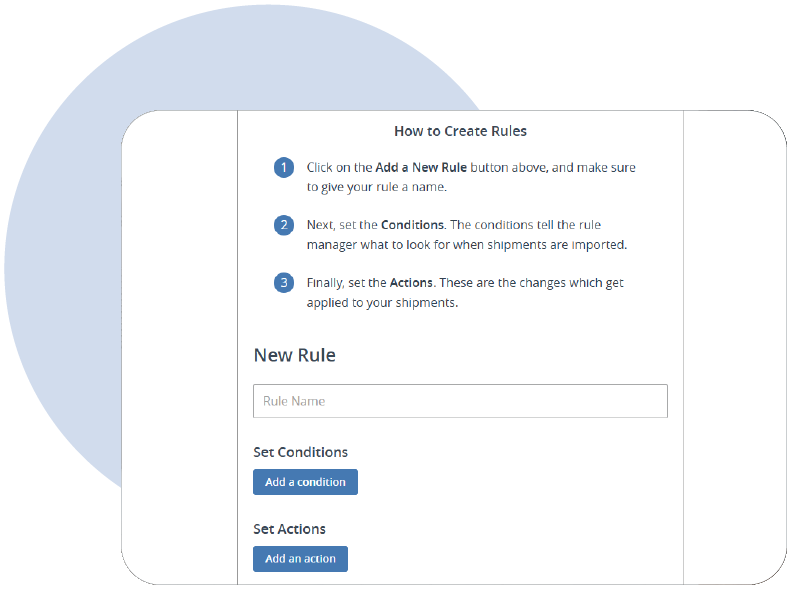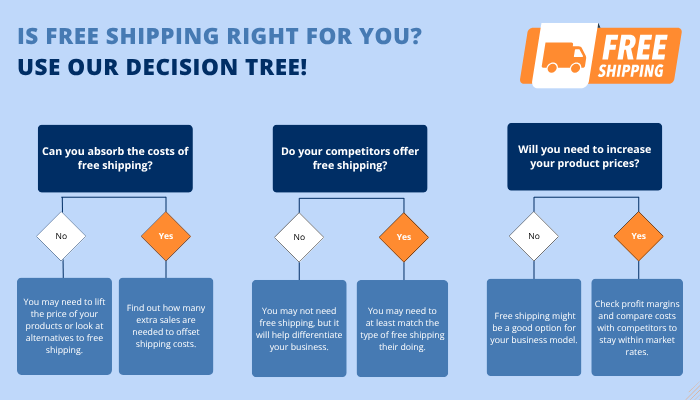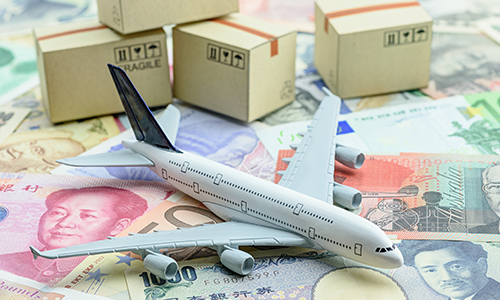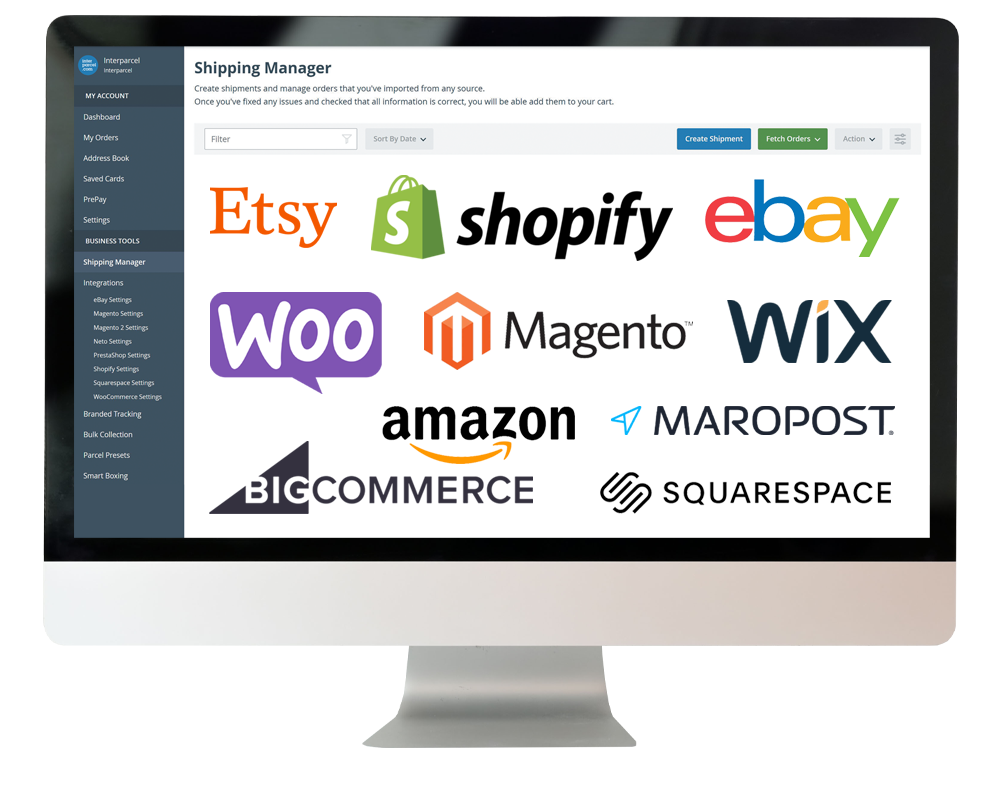Shipping costs in Australia can quietly reduce your profits, especially when you're sending dozens (or even hundreds) of parcels each month. If you’re a small business owner trying to reduce shipping costs without compromising on speed or service, you're not alone.
Fortunately, there are proven strategies that Australian retailers can use to cut costs, save time, and deliver a better experience to their customers. From courier comparisons to automation tools, these tips can help transform your shipping process.
In this guide, we’ll explore 7 practical ways to reduce shipping costs in Australia and build a more efficient ecommerce shipping strategy.
Let’s begin!
1. Use Multicarrier Shipping Solutions to Lower Costs
Sticking with a single courier may feel simple, but it’s not the most effective shipping strategy if you're trying to maximise savings and efficiency. To truly reduce shipping costs in Australia, it’s essential to use a multicarrier shipping solution that lets you compare services, rates, and transit times across different couriers.

By giving you access to a network of carriers, including Australia Post, Couriers Please, Aramex, and more, a multicarrier platform ensures you’re never overpaying for deliveries. You can select the most cost-effective option for each parcel based on size, weight, and destination.
For example, if you're sending heavy packages domestically, Couriers Please might offer better rates. For lightweight parcels or rural deliveries, Australia Post could be the better choice.
With multicarrier shipping, you can switch couriers as needed and instantly compare services to optimise your costs.
2. Automate Order Processing to Save Time and Reduce Errors
If you're still processing each order manually, you’re spending valuable time on repetitive tasks, and likely spending more money than you need to. One of the most effective ways to reduce shipping costs in Australia is by using shipping technology to automate your order fulfilment process.

Automation software can import orders from your ecommerce store, apply courier selection rules, print shipping labels, and send tracking updates to your customers, all in just a few clicks.
For instance, Interparcel’s ecommerce integrations allow you to sync orders from your store automatically. Our Rule Manager tool then assigns the best courier based on product size, delivery location, or any rule you define. This makes order fulfilment up to 85% faster while reducing errors and labour costs.
Automation isn’t just a time-saver, it’s a cost-cutter.
3. Offer Free Shipping Without Reducing Your Profits
Free shipping is one of the most powerful tools to boost conversions, but if not managed correctly, it can reduce your profits. The key is to implement free shipping strategically.

One common approach is to offer free shipping for orders over a certain threshold. This encourages customers to spend more, which offsets the cost of delivery and increases average order value.
You can also add the shipping costs into your product pricing or offer free shipping selectively on best-selling or high-margin products. This allows you to stay competitive without absorbing the full cost of shipping.
Another effective tactic is using free shipping as part of your abandoned cart recovery emails. It can serve as a final incentive to bring customers back and complete their purchase.
Unexpected shipping costs at checkout are one of the top reasons for cart abandonment, so removing this barrier, when it makes financial sense, can significantly improve conversion rates.
4. Build a Reliable International Shipping Strategy
Expanding into international markets can significantly grow your customer base, but without the right planning, it can also increase your costs. That’s why having a robust international shipping strategy is essential if you want to reduce shipping costs while selling overseas.

Australian retailers often face additional complexities when shipping internationally, like customs clearance, international taxes, and delivery delays. A clear strategy helps you manage these variables and keep costs under control.
Start by learning how to correctly complete commercial invoices and classify your goods with accurate HS codes. This can prevent customs issues and avoid unexpected charges that could affect your profit margins.
Also, understand the rules and duties for each country you ship to, and look for couriers with proven international delivery networks that offer affordable tracking and delivery times.
5. Choose the Right Courier Partner Through Careful Evaluation
Selecting a courier partner isn’t just about speed, it’s about finding the right fit for your business, your products, and your budget. If you're trying to reduce shipping costs, this decision plays a critical role.
Start by assessing each courier’s pricing structure, delivery speed, coverage area, and service types. Some couriers may offer better rates for bulky parcels, while others specialise in lightweight or regional deliveries.
Just as important is customer service. When issues arise, like delayed deliveries or damaged parcels, you want a courier that’s responsive and reliable. Reading reviews from other small business owners can offer valuable insight into a courier’s real-world performance.
Matching the right courier to the right job ensures you're not overpaying for unnecessary features or unreliable service, helping you save money and maintain customer satisfaction.
6. Prepare for Peak Seasons with a Proactive Shipping Strategy
Peak seasons like Christmas, Black Friday, and end-of-financial-year sales often bring a surge in orders, and if you're not prepared, they can also bring a surge in costs.
To reduce shipping costs during Australia’s busiest times of year, you need to plan ahead. That includes forecasting order volume, stocking up on packaging supplies, and communicating early with your courier partners about expected demand.
Automation plays a big role here too. By automating tasks like label generation and courier selection, you’ll reduce the risk of human error and keep your fulfilment running smoothly under pressure.
It’s also important to communicate clearly with your customers about delivery cut-off dates or potential delays. This helps manage expectations and protect your brand reputation during high-stress periods.
7. Streamline Your Shipping Policy for Clarity and Efficiency
Many ecommerce businesses in Australia underestimate the importance of a well-structured shipping policy. But having a clear and consistent policy can help reduce shipping costs by minimising confusion, returns, and customer service enquiries.
Your shipping policy should outline delivery times, shipping costs, return procedures, and any exceptions. The clearer the information, the easier it is for your customers to understand what to expect, and for your team to stay aligned on fulfilment practices.
A good policy also prevents disputes and builds trust. Customers are more likely to complete a purchase when they know exactly how much shipping will cost and how long it will take to arrive.
Reduce Shipping Costs With Interparcel
Reducing shipping costs doesn’t have to mean cutting corners. With the right tools, strategies, and courier partnerships, you can build a shipping system that’s both affordable and efficient, no matter where you are in Australia.
At Interparcel, we help ecommerce businesses streamline their shipping, improve customer satisfaction, and make fulfilment easier with our multicarrier platform and automation tools.

If you’d like expert help to reduce your shipping costs and build a tailored shipping strategy, sign up for a free Interparcel account. Our team of shipping specialists will work with you to design a solution that fits your goals, your volumes, and your budget.
Ready to Transform Your Shipping Strategy?
Improving your shipping strategy doesn’t have to be overwhelming. By taking small, focused steps, like automating fulfilment, comparing courier options, and planning ahead for peak periods, you can significantly reduce shipping costs while improving operational efficiency.
Every ecommerce business has unique needs, so it’s important to evaluate your shipping processes regularly and look for areas to optimise. Whether that’s through technology, better courier selection, or a more transparent shipping policy, each change can have a big impact over time.
Reducing shipping costs in Australia isn't just about cutting expenses, it’s about building a system that supports sustainable growth, stronger customer satisfaction, and smoother operations.










 Facebook
Facebook Twitter
Twitter Instagram
Instagram Linked In
Linked In YouTube
YouTube